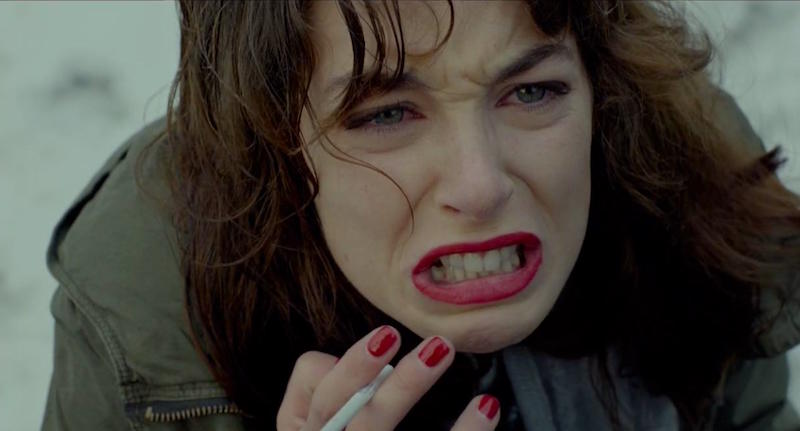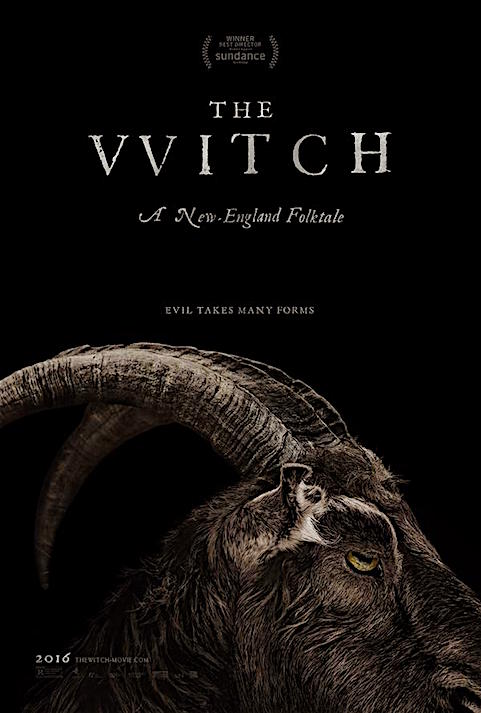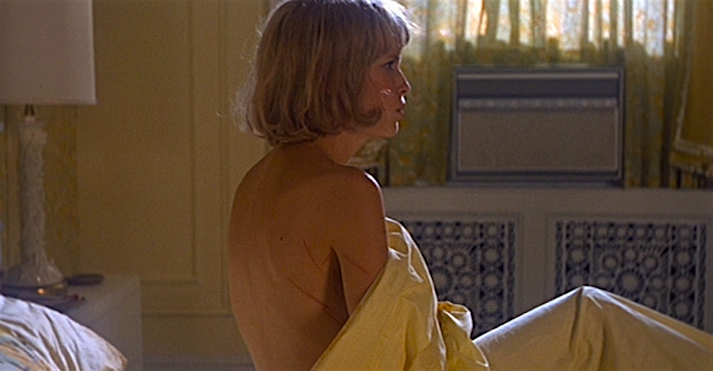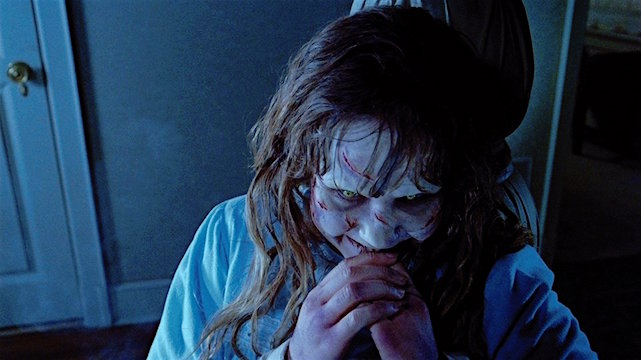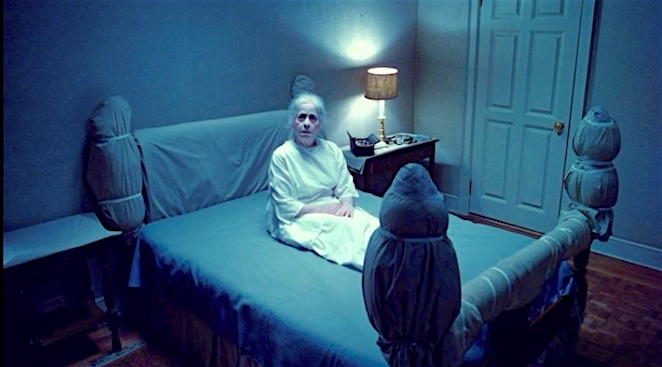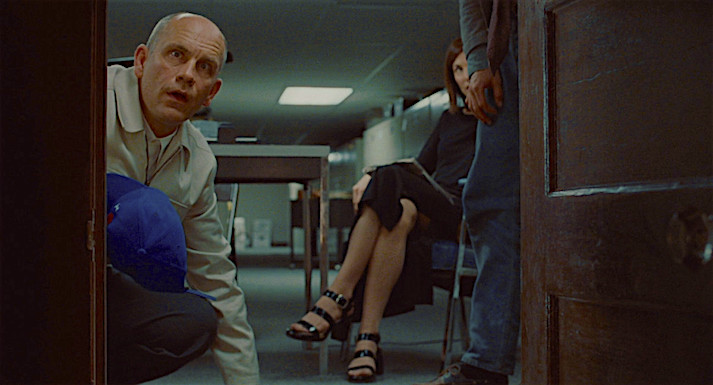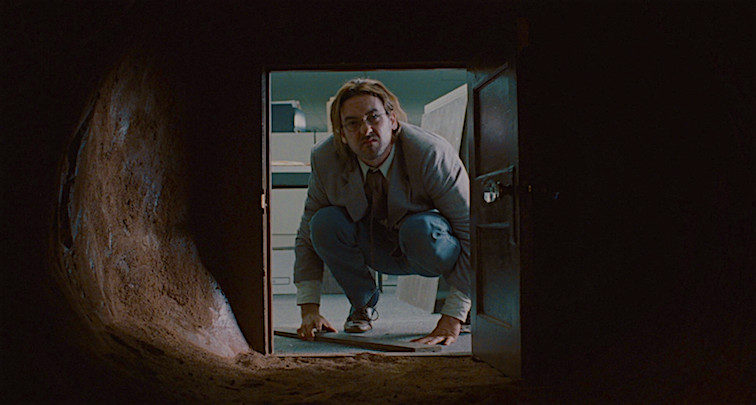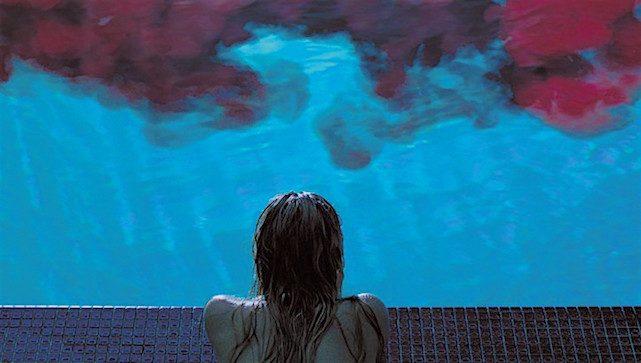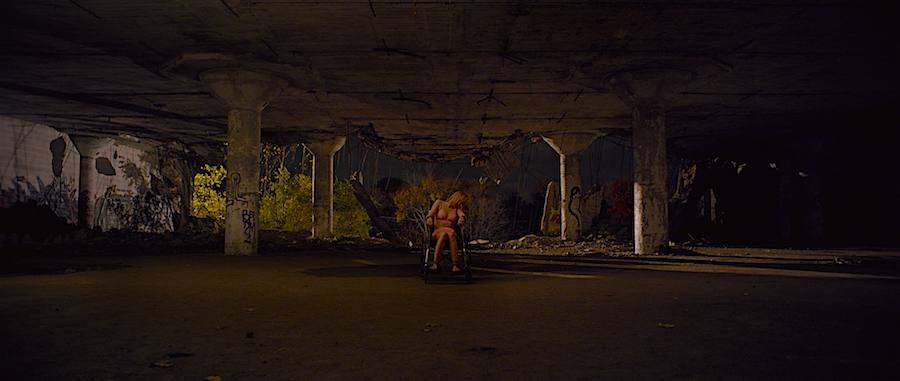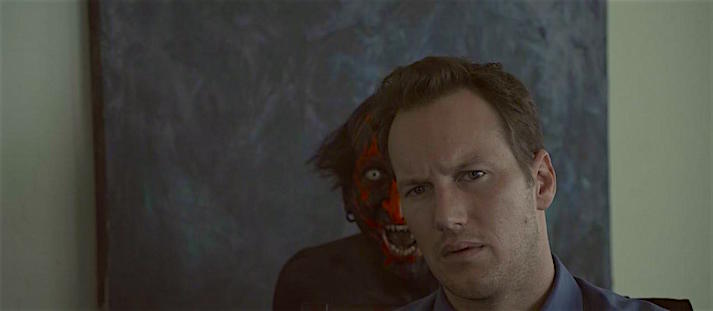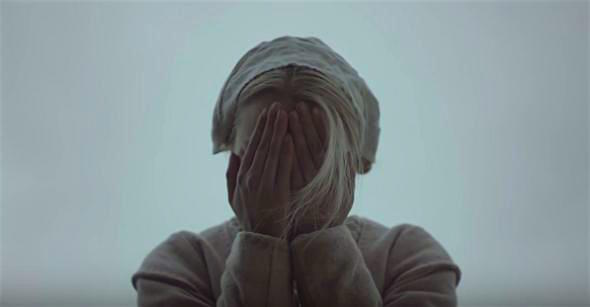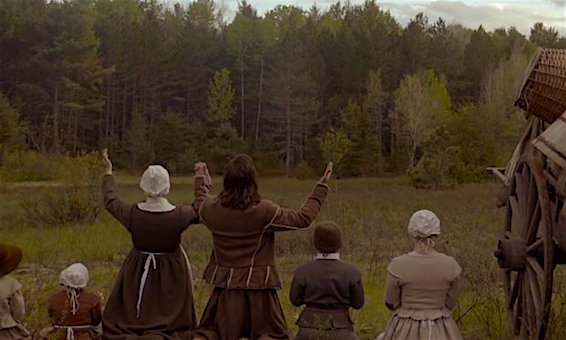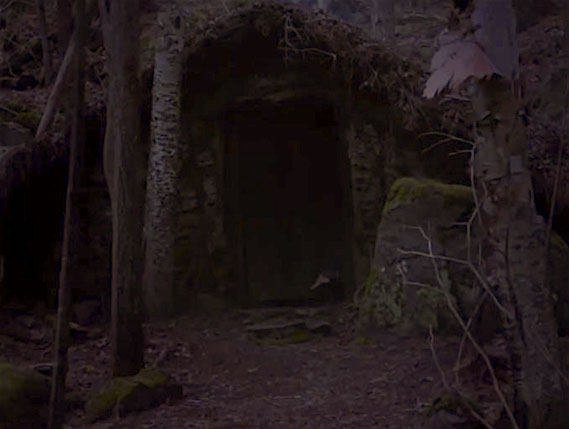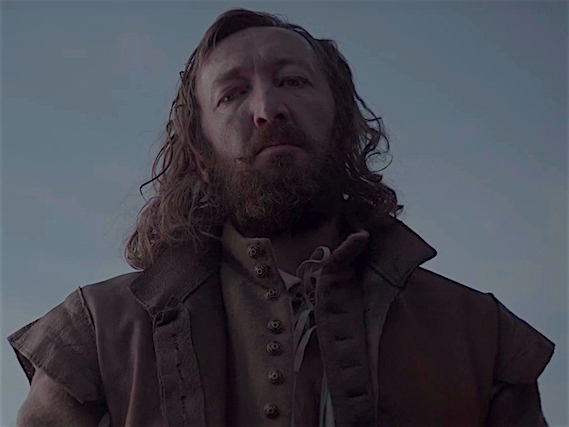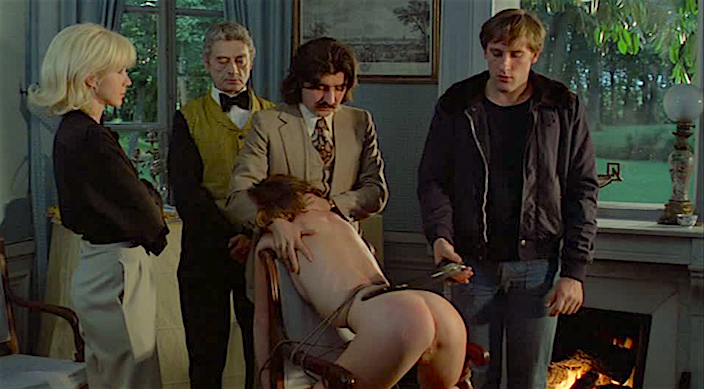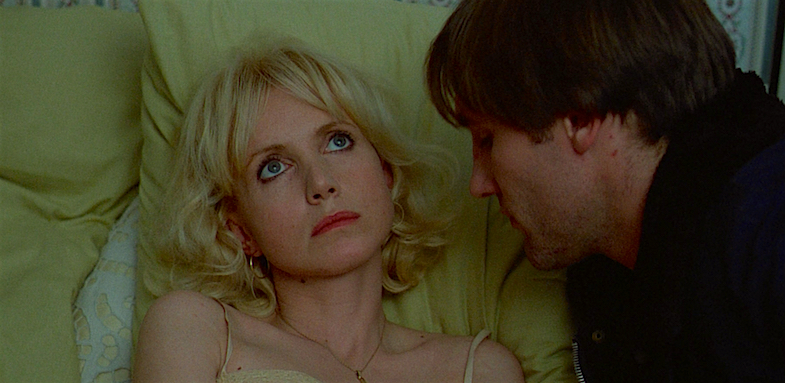“I shall tell of another adventure that is all the more strange...” — Witold Gombrowicz, 1965

A film by Andrzej Zulawski
Victoria Guerra
Cosmos
Andrzej Zulawski, 2015
Cinematography | Andre Szankowski
This sentence was more or less lost in a late 1960’s translation of Kosmos. Sadly it would be that sentence that served not only as my introduction to a novel but to the Polish writer. Memory is a funny thing. While I forgotten most of the novel, it is that first sentence that stayed forever branded into my mind. I decided I needed to revisit When I learned that Andrzej Zulawski was about to shoot a film adapted from Witold Gombrowicz’s Kosmos, I decided to refresh my memory beyond a single sentence. I expected to be confused as I did remember it had been clunky regarding translation. I was excited to discover that the novel that had been warded the 1967 Prix Formentor Award for literature had been re-translated from Polish into English. Yale University Press published Danuta Borchardt’s new translation of Gombrowicz since I had last thought of it.
Witold Gombrowicz has always interested me. While he was a fiction writer he is equally known as a diarist. Where does his fiction merge into his reality and experience? How does the English reader know he/she is able to understand his prose’s complexity? German and French readers had better access to his work thanks to more accurate translations. My introduction to his work came with an understanding that he had to firmly defend his most popular work, Ferdydurke, from critics who felt it was satire. Satire had not been Gombrowicz’s purpose. His novels are known for exploring issues of identity and existentialism under the pressures of Nationalism and fast social change. But these explorations were made with a sense absurdity that tied closely to dark humor.
His characters are not fully developed. Their identities are fragmented by the repression, oppression and tyranny imposed by both culture and society. These characters roam about trying to formulate understanding of self/life under the strain and disturbing acts that forever alter the circumstances of being. And while there is a grim level of pessimism that leans against established institutional rule — Gombrowicz disagreed that his work was connected with nihilism, but the darkness is most definitely waiting.

Translated from Polish to German into French and fused into English. Witold Gombrowicz’s often mistranslated “Kosmos” is resurrected through another lens.
Victoria Guerra
Cosmos
Andrzej Zulawski, 2015
Cinematography | Andre Szankowski
“Revolutions, wars, cataclysms — what does this foam mean when compared to the fundamental horror of existence? …My literature must remain that which it is. Especially that something which does not fit into politics and does not want to serve it. I cultivate just one politics: my own. I am a separate state.” — Witold Gombrowicz, Diary. Published 1988.
The improved translation helped me in understanding that much of my frustration was something Gombrowicz intended. The characters navigating within his Kosmos are never fully fleshed out. We know that our protagonist, Witold has trouble waiting to crush him back in Warsaw. We also know that Fuks hates his boss. But we never know what the trouble is or why the boss is hated. In fact we are given limited information about every character. The novel’s extremes and paranoias begin to feed the reader’s imagination. Every action and decision seems to be a reaction to matters we can never fully understand. This vastly improved translation offers more insight into Gombrowicz’s complexity but it also grants permission to not second-guess the awkward phrasing.
The new English translation for Kosmos provides an entirely different read. In the novel two young men seek refuge from the pressures and hardships they experience in Warsaw. They escape the city to what they anticipate will be the nourishing warmth of the country, but they arrive with mutual respective existential crisis and life fatigue. They will soon face a series of random incidents that begin to shift Wiltold further into paranoia, existential crisis as he feels threatened. Gombrowicz brings humor into the equation. Paranoias, fears and angst begin to leap off the charts of rationality. The characters magnify the situations and incidents. They soon feels less coincidental and can be assumed to be intended threats. Witold is unable to consider these incidents as “random.” The unexpected chaos signals pending doom. His ideas of existence and identity are as fragile as they are extreme.

“Tolstoy wrote that our biggest mistake is to confuse ‘the pretty’ with ‘the good.'”
Jonathan Genet
Cosmos
Andrzej Zulawski, 2015
Cinematography | Andre Szankowski
“Isn’t it true? I thought, that one is almost never present, or rather never fully present, and that’s because we have only a halfhearted, chaotic and slipshod, disgraceful and vile relationship with our surroundings.” — Witold Gombrowicz, 1965
Boris Neleop interviewed Zulawski after Cosmos had received its world premiere at Locarno International Film Festival receiving the Best Director honor. Neleop discussed the difficulty of finding accurate translations of Kosmos. The director agreed and pointed out that the film was based from the novel’s original Polish language.
“Luckily, I’m Polish so I can read it. More luckily still, words like “bleurgh” in Gombrowicz mean nothing. What is it? Alban Berg, the composer? A cliff maybe? But in French it means the retching sound—bleurgh. Meaning you want to vomit. If you see a bad movie and someone asks you how it was, that’s what you say: bleurgh. So, it’s a happy coincidence.”
Neleop attempted to engage the artist into a discussion regarding what he perceived to be a shared sort of spasmodic manner in both Gombrowicz’s novel and the great filmmaker’s work. Zulawski disagreed with the connection and seemed intent on avoiding the spasmodic with either work.
“I don’t agree with you. I don’t think Gombrowicz is spasmodic: he’s quick, he’s rapid, he’s short and extremely rhythmic and… Do you know the word “caustic”? His writing is never hysterical. It’s caustic. It’s galloping but dry. I don’t think the actors are spasmodic at all. They are in their own delirium, but for them this delirium always has a profound logic. It’s not a bunch of mad men in an asylum. They are petit bourgeois. Witold wants to write a novel until he falls in love with this girl, who never has anything intelligent to say. His relationship with his young friend is really close, almost homosexual. So, it’s a complicated little cosmos.”
In answering a question regarding his decision to lift the novel out of its pre-war Polish context and moving it to 21st Century Portugal where a group of French people are living, Zulawski responded:
“If Cosmos had been filmed according to the novel, it would’ve been a very depressing and ugly film. Why the hell should I see those terrible people? Sounds like a basically stupid question. It’s not. It’s like life. Why should I spend my life with ugly stupid petit bourgeois people? I won’t. I won’t spend my life in Hollywood either. I don’t like these people, I don’t like their stories. So it leaves you to stay alone for fifteen years. In my forest.”
Zulawski’s rejection of cinematic norms is nothing new, but after he made La fidélité he retreated. That film was released in 2000. He never retreated into a forest of seclusion, but it would be fifteen years before he made Cosmos. His return to cinema was not a safe one. Adapting a complex work like the Polish novel, Kosmos, was never going to be an easy cinematic proposition. And while his final film does articulate itself with some newly discovered levity, Cosmos has a great deal in common with some of his key works.

“Love me.”
Romy Schneider
That Most Important Thing / L’important c’est d’aimer
Andrzej Zulawski, 1975
Cinematography | Ricardo Aronovich
This film’s title is actually translated as The Most Important Thing is Love and Romy Schneider’s performance would have been enough to secure the film’s place in French film history. But there is far more continued within the frames than an iconic actor’s work. The film marked a new turn in filmmaking. Zulawski’s examination of the artist finding fulfillment in France’s mid-1970’s theatre scene leaves a mark. It is not so much the point of the movie that matters but they way in which that point flows off the screen. Visceral, angry, obsessive, compulsive and often frantic — L’important c’est d’aimer takes the concept of a tragic love story to poetic heights. The film’s fever-pitched passion and energy haunt the viewer long after the film ends. A contemplation regarding abysmal cinematic opportunities, the protagonist is often looking directly into the audience. While the film is realism it wants to push itself off the screen, into the theatre and run rampant. The characters Zulawski presents are not really all that odd, but the way in which they move, speak and propel is most assuredly eccentric.

“It doesn’t hurt.”
Isabelle Adjani goes beyond the distance…
Possession
Andrzej Zulawski, 1981
Cinematography | Bruno Nuytten
Isabelle Adjani gave Zulawski the performance of a lifetime in one of the most confounding films of all time. No one was prepared for 1981’s Possession. Adjani’s work on this film was so taxing that it triggered a very real emotional break. It only takes one viewing to underscore this as valid truth. Adjani was dancing on a high wire without a net. Zulawski was able to inspire her to start her performance with emotional hysteria set at Level 5 and then required her to turn it up to Level 21 before the experimental film comes to a crashing end. It is a performance that has to be seen to be believed. Possession remains a testament to the talents of both the leading actor and its creator.
There are several ways to interpret Zulawski’s 1981 film. At its most obvious level it is an exorcise in Horror Surrealism hinged to turmoils of the psycho-sexual. And, from another perspective, it is a metaphorical depiction of divorce. And it is a matrimonial breakup that takes on apocalyptic proportions. Possession is completely unique, surreal and metaphorical study of identity it extreme crisis. And it is fueled by an inhuman and intolerable repression of control. This control might be that of a stifling marriage or one propelled by government control. Or it could be a combination of both. It doesn’t matter how one chooses to interpret Andrzej Zulawski’s Possession — it works from any vantage point.
The passage of time has not dulled its sharp edges. The special effects and gore are still jaw-dropping. This is an Art Film that has become Cult and it continues to spark provocative reaction. It took decades for this very personal film to find its audience. There are several different versions of Possession floating around — all the result of censorship. Mondo Vision beautifully restored this film several years back. It is an essential film for any fans of Surrealism and Horror.

“Are you lost?”
Francis Huster is the idiot gone mad with love.
L’amour braque / Mad Love
Andrzej Zulawski, 1985
Cinematography | Jean-Francois Robin
Andrzej Zulawski’s adapts Dostoyevsky’s The Idiot in a neon-drenched fever dream. 1985’s L’amour brace’s characters, sets, cinematography, editing and acting indicate that we might have landed in some alternate world. The film moves as if it was pulsating forward via an amphetamine, cocaine and whiskey fueled injection of psychotic convulsions. Zulawski’s experimental film is a twisted Neon and most certainly avant-garde. The film is violent, but the violence never feels “real” and the graphic sexuality is presented in paradoxically restrained ways. The only time the film seems to be able to slow down is when Sophie Marceau and The Idiot consummate to a point of erotic “enjoyment” — And, even then, it almost feels like the camera is so jacked-up it can barely wait to continue it’s frenzied trajectory.
Easily one of the most stylistically influential films to ever come out of French cinema — Kathryn Bigelow and Christopher Nolan among them. And it had an impact on music videos of the day. This world of thieves, addicts, artists, whores, drug dealers, pimps, terrorists, anarchists, perverts and lovers is chaotic but somehow organized. Mutually-conflicted screeching rants, dances and terrorism form into a sort of dancing race against time. Zulawski seems to be inspecting everything from political activism, perversion, addiction, insanity, rage, the theatre, criminal motivation, rebellion, sex and love — but through a camera that is dependent on hallucinogenics for vision. Like Possession — L’amour braque is completely unique unto itself. It is safe to state that no other filmmaker will manage to make a movie remotely like these two.
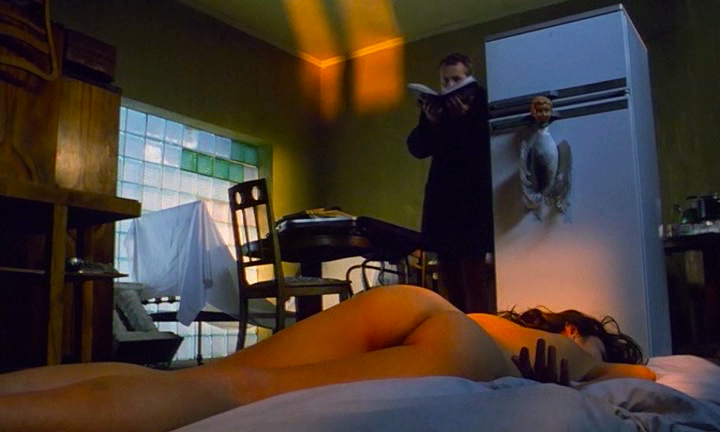
“That’s why there are common saints. God’s morons with a soul but empty brains.”
Boguslaw Linda and Iwona Petry fall into mutual insanity…
Szamanka / She-Shaman
Andrzej Zulawski, 1996
Cinematography | Andrzej Jaroszewicz
Andrzej Zulawski returned to Poland for 1996’s Szamanka / She-Shaman. Filmed in the newly freed Poland, the director brought the level of intense sexual obsession beyond expectation. It earned the nickname The Last Tango in Warsaw. While it is true that this film pushes further with graphic sexuality, it is seldom actually erotic. Boguslaw Linda and Iwona Petry push themselves to the extremes that are defined within the script. This might very well be the most challenging of Zulawski’s work. The cinematic provocation is not within the frantic obsessive actions and sheer frenzy, but lies far deeper within the film’s political and philosophical context. The two protagonists pursue their sexual and existential needs toward a deeply nihilistic end. Szmanka aches toward a brilliance that is almost impossible to endure. Inexperienced actress, Iwona Petry, is near brilliant in her role, but she opted to end her acting career after Szamanka‘s release. Another interesting example of an artist agreeing to join the director on his journey but emotionally exhausted to the point of breaking once arriving at the destination.

Capturing “reality” in photography while emotional intensity pushes it out of frame.
Sophie Marceau and Pascal Greggory
La fidélité / Fidelity
Andrzej Zulawski, 2000
Cinematography | Patrick Blossier
Zulawski’s La fidelity / Fidelity was released in 2000. The film’s plot is more conventional, but once again his characters burn with almost convulsive urgency. This film forges a path that left many viewers cold. Its highlight is Zulawski”s great love and former muse, Sophie Marceau. She is brilliant in the role and her director understands how to capture not only her beauty but her energy. Years later I remember thinking that it seemed a pale sort of entry to serve as this filmmaker’s final work. Luckily it wasn’t.
My admiration for Andrzej Zulawski runs deep and it is based within the realm of the personal. He was a brilliant artist who refused to be repressed, suppressed or held to any strict rule when it came to his art. And despite what some have attempted to insinuate, Zulawski was an admirable and kind person. His heart and passion shine through all of his films. Zulawski was always reaching into, under, over and well above the human need for love and understanding.
Even within the bleakness of Possession and Szamanka beats the heart of a very human filmmaker. I’ve decided not to touch on Diabel, La femme publique or On the Silver Globe — these three films are unique masterworks that I am unable to address in a short blog. I will note that these three films are not really the best starting points for a Andrzej Zulawski neophyte, but then again — maybe they exceptional places in which to take that first plunge.
Boris Neleop’s attempt to engage Zulawski in a conversation about “spasmodic” characters is valid. Nearly all of Zulawski’s characters are extreme. While everything around them might be pushing inward to restrict / oppress — his characters refused to stay within the bounds of circumstances had designed. The need for knowledge, satisfaction, love and understanding leave them no choice other than to be extreme.
This auteur was always a bit sensitive when pressed to discuss the hyper energy or over-the-top passion found in his films. A word like “spasmodic” would make Mr. Zulawski recoil. He shut this sort of commentary so far out of his mind that consideration was no loner possible.
Mr.Neleop is correct: Witold Gombrowicz’s characters are a bit, well, spasmodic. And I suspect that it was their very nature that attracted the great director.
Zulawski had grown up with Gombrowicz’s literary work. My initial knee-jerk reaction toward Zulawski adapting Gombrowicz was that these two thinkers formulated thought in direct opposition to the other. I do not think Gombrowicz liked people. He thought and wrote about the existential, but these pursuits seemed formed from an essential repulsion toward humanity. This is interesting because his fiction is more than a little autobiographical. The way in which Gombrowicz creates the characters of his Kosmos is not kind. Zulawski’s entire film career was focused on the darker aspects of human nature — yet he loved people. He was a fighter and a rebel, but he was never anti-social. And he most certainly was not a pessimist. And, unlike Gombrowicz, he was not vain or concerned when it came to criticism or reward.

She paints her lips as if with blood because she really wants to be an actress…
Cosmos
Andrzej Zulawski, 2015
Cinematography | Andre Szankowski
“I’m scared of the forests. In the midway of this mortal life I found myself in a gloomy world, astray. Gone from the path and even to tell, that forest, how robust its growth, which to remember only, my dismay. Renews in bitterness not far from death. All else will I relate discovered there.”
Witold is frantically walking through the edge of a forest. Jonathan Genet has the look of someone from another era, but we already know that Zulawski’s Witold is a 21st century character. At first glance he could be a European fashion model, but his behavior is based within panic. He seems to be consistently on the verge of a mental break. When we meet Zulawski’s Fuchs, played by Johan Liberia, we discover they have traveled in a nice car. Fuchs’ name has been altered in spelling but he is still trying to escape the tyranny of two horrible bosses. In this new universe we know that his employers are high-end fashion designers.
While Wiltold is fragile and paranoid, Fuchs is robust and seemingly up for just about anything. Both behave in ways that lean toward the aberrant. Wiltold wants only to study, but he detests what he studies. Fuchs is primally focused on off screen violent sexual conquests. He reassures his friend that he plays safe, but bleeding wounds, bruises and other bodily issues are scars to his masochistic tendencies. And while it is never fully stated, these two friends would appear to share a bond that goes further than brotherly love. There are hints of a mutual sexual attraction and romantic fondness.

Something sinister is going on!
Jean-Francois Balmer, Sabine Azema and Johan Libéreau
Cosmos
Andrzej Zulawski, 2015
Cinematography | Andre Szankowski
Here, in Zulawski’s Cosmos, the two friends have run from France to Portugal. Fuchs is more lighthearted but still aches. Witold’s neurotic need to examine every move / object under his philosopher’s magnifying glass fractures his grasp of reality. The first thing Wiltold experiences after he secures his navigational balance is an encounter with a forest. It is one of the aspects of the world he hates most. As he rushes through the wilds of this forest he encounters the first of many grotesque encounters — a dead sparrow dangling from a string laced noose.
Soon he will discover ghost-like stains upon his rented room’s ceiling. These stains seem to be point toward something.
Fuchs also notices but is more curious than repulsed. The shape of a rake appears in the stain — and soon they discover an actual rake that directs their gaze upward to two small planks of wood hanging from a tree. The planks are tied together and hang by the same string from which the sparrow hangs. They hear talk of a chicken that was spotted hanging not too far away, but they never see it. And thus Wiltold and Fuchs begin to play a paranoid sort of game to attach meaning to these seemingly random signs. The game leads to an axe, a hammer, murder, death and metaphysical omens.

Madame is just overexcited…
Sabine Azema
Cosmos
Andrzej Zulawski, 2015
Cinematography | Andre Szankowski
A murdered cat hangs in the courtyard of the Bed and Breakfast. An eccentric married couple have been renting two of their rooms to keep up with mounting expenses. The wife, called Roly-Poly in the Polish novel, is played with goofy nervous energy by the ever stylish Sabine Azema. We never hear her referred to with the novel’s cruel nickname. Here she is known as Madame Woytis. We soon notice that the female head of the house has a tendency to abruptly shut off in mid speak / movement. Frozen like a photograph. Her beautiful daughter explains, “Oh, it happens to her when ever she gets overexcited.”
The daughter is Lena who is married to a seemingly successful business man. He seems to be in constant meetings with a mysterious Russian client. Wiltold is immediately vexed by Lena. But it is her niece, Catherette, with whom he is smitten. Catherette has taken the position of housekeeper. She is devoted but worries her aunt, Madame Woytis, because she refuses to have her mutilated lip cosmetically re-defined. We are told she was in a bus crash. But her mutilation looks more biological in origin. Her lip holds an entrancing mix of disgust and erotic curiosity for both Wiltold and Fuchs. The male head of the home is Lena‘s stepfather, Leon, played with unhinged lunacy by Jean-Francois Balmer.

“Tolstoy wrote that our biggest mistake is to confuse ‘The Pretty’ with ‘The Good.'”
Victoria Guerra and Clementine Pons
Cosmos
Andrzej Zulawski, 2015
Cinematography | Andre Szankowski
Interactions with the family are beyond eccentric. This is a house of organized lunacy and chaos. When Wiltold meets Lena they shake hands maniacally and for an extended time. Soon they are “secretly” copying each other’s animated hand movements. But their odd flirtation is painfully over-the-top. Yet everyone around them is too preoccupied with their own strange non-senscial conversations that only Fuchs notices. The antics of this family appear and sound like something one would see in a slapstick comedy. There is only one catch: none of it is funny. It is simply strange.
Unlike Gombrowicz, Zulawski has no interest in making us laugh. He aims to throw his audience off balance. As frantic action and illogical dialogues ape the gestures/sounds of Keystone Cops — the film quickly forms into absurd surrealism. And yet, the film’s cinematography and musical score tease that we are watching some fucked-up romantic mystery. And these are romances and mysteries that seem unsolvable.
As omens of sinister consequence begin to mount the two visitors only become more confused. Wiltold takes a worrying turn when he starts to adapt to sinister cruelty. Ants roam through their food, slugs slither in butter, creepy beetles crawl out of Madame Woytis‘ soup, animals are killed, midnight axe chopping, mutilated lips, fever dreams and a priest who lets loose a swarm of flies when he drops his pants — all of which formulate a sense of doom. Witold is certain that this pending doom threatens to push him into The Void.
When tragedy does strike it fails to register as anything of consequence to the family. Leon takes to the wilderness singing out into what he points out is The Void.

“Why seek the hand of another when we have our two selves?”
Cosmos
Andrzej Zulawski, 2015
Cinematography | Andre Szankowski
At the film’s mid-point Wiltold has abandoned his studies. Instead he obsesses over Lena and her family. He becomes a willing participant in the sinister happenings that bother him. He turns to philosophical rhetoric for comfort, but begins to chart ideas into some vague sort of story. When we finally see a bit of his writing it is presented on his laptop screen. It is in French and not translated for non-French speakers, but it translates as:
“The weight of here and now has become, like the beurk, decisive.”
This is in reference to the nausea that begins to overpower Wiltold. Of course we think that Wiltold is writing a story, but there are more than a few hints that he is as motivated by cinema as philosophy. Zulawski has Wiltold and Fuchs poke fun at his own films. At one point it is mentioned that all of these strange happenings might make a good book, but Wiltold disagrees and figures it wold serve better as a movie. Zulawski’s cinematic puzzle ultimately tosses us into meta-film, but this is not an easy-out. It is the only resolution available for Witold, Fuchs, Lena and all involved.
Zulawski takes a poke at Gombrowicz. Of course he has been poking all along. When Fuchs offers a suggestion to the mysteries that have taken place, Witold pulls a bit of met-fiction by explaining his name:
“There’s a reason I have Gombrowicz’s first name. He never knew how to finish his novels nor their meaning.”

Surreal, absurd, bizarre and without end. Welcome to Andrzej Zulawski’s Universe…
Cosmos
Andrzej Zulawski, 2015
Cinematography | Andre Szankowski
Andrzej Zulawski has said that Cosmos was not only his weirdest film — it was one of the strangest films he had ever seen. I do not agree, but his Cosmos does indeed present an alternative universe. And it forms and is presented in a bizarre range of ways and manner. There is an offer of love, but this universe refuses understanding. Zulawski’s Cosmos is simply idiosyncratic and would far prefer to leave its inhabitants with their own conclusions. But they should never give up or jump off into The Void. This universe is simply too magically odd to skip.
Find Boris Neleop’s interview with Andrzej Zulawski — here
Mondo Vision’s restored Andrzej Zulawski’s films http://www.mondo-vision.com
Matty Stanfield, 11.22.2016




